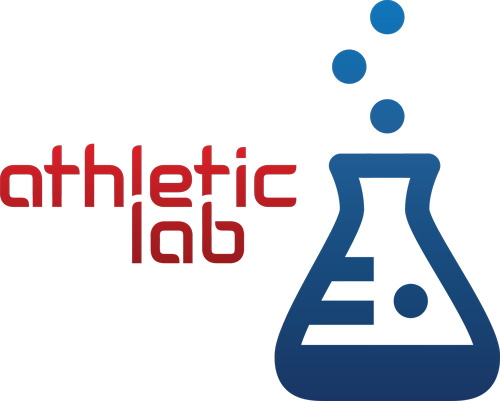Author: Jennifer DeRosa, PT, DPT, ATC
With the summer heat in full force and the start of fall sports, it’s important to make sure to stay hydrated and recognizing the signs of dehydration.
Whether you are a weekend warrior, high school athlete, professional athlete, or just someone who enjoys being active; the role of hydration cannot be overlooked. Water is the body’s primary component and constitutes ~60% of our total body weight. Adequate hydration helps to regulate body temperature, supports joint lubrication, and helps to maintain cognitive function, concentration, and reaction time.
HOW TO PROPERLY HYDRATE PRIOR TO ACTIVITY
Proper hydration starts before you hit the field, gym, or on the court. The best way to tell if you’re staying hydrated is to look at the color of your urine. The goal is a light yellow in color; if it is darker this could be a sign of dehydration.
- Drink 17-20 ounces of water approximately 2-3 hours prior to starting exercising
- Drink 8 ounces ~20-30 mins before exercise or during warm up
STAYING HYDRATED DURING ACTIVITY
There is not exact rules for how much water to drink during activities as there are factors that need to be considered including: sweat rate, the heat and humidity, clothing, and intensity and length of workout.
- Drink 6-12 ounces of water or sports drink every 15-20 mins
- If doing more high intensity training >1 hour, may want to grab a sports drink as they provide both water along with electrolytes
HYDRATION FOLLOWING TRAINING AND COMPETITION
Athletes may need to measure weight before and after exercise. For every 1 lb lost, drink 16-20 ounces over the next few hours.
*Dehydration can occur when you lose more fluid than you drink. Symptoms can include: dizziness, nausea or vomiting, weakness, muscle cramps, dry mouth, lack of sweating, and/or a hard/fast heartbeat. If any of these symptoms occur, you should get emergency medical attention immediately *









